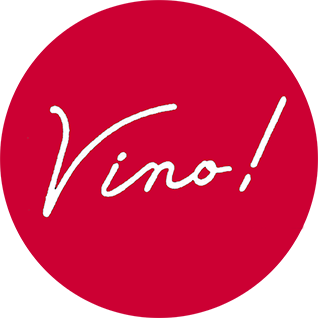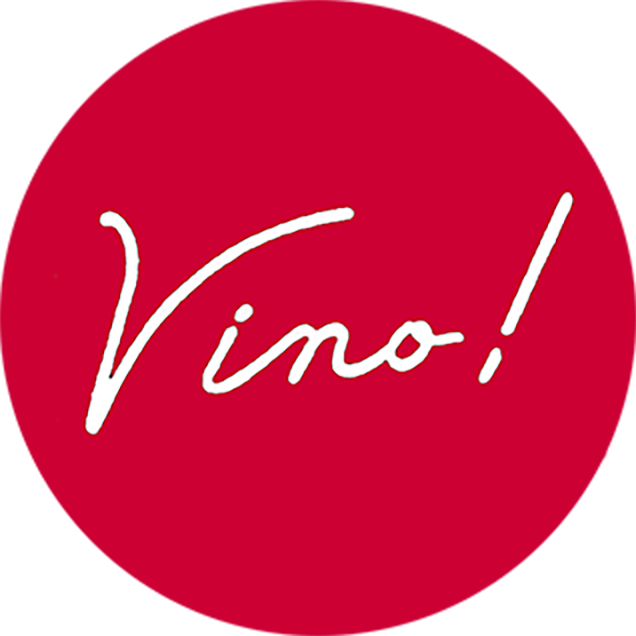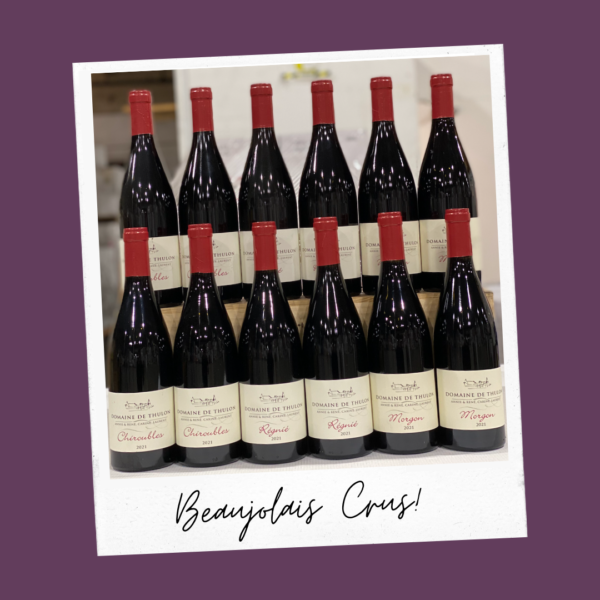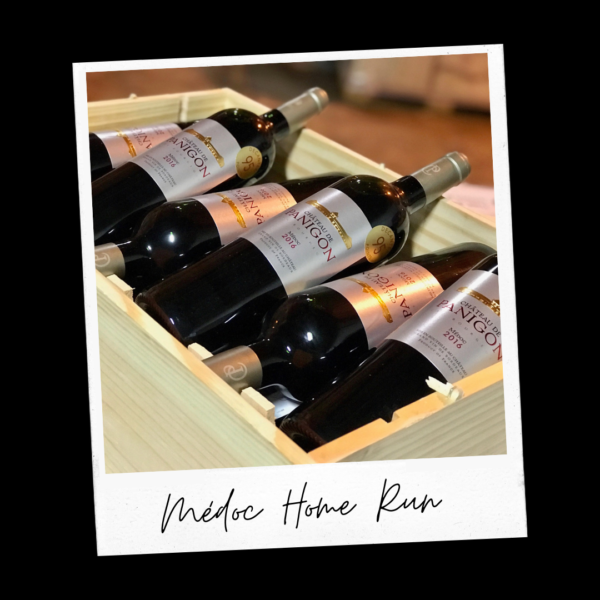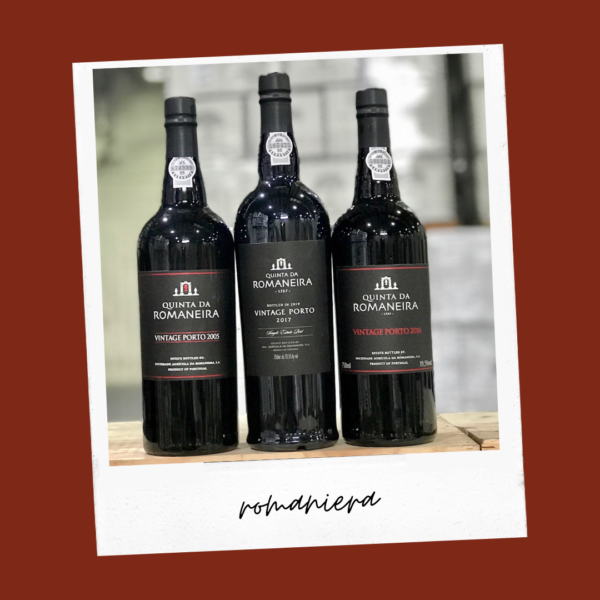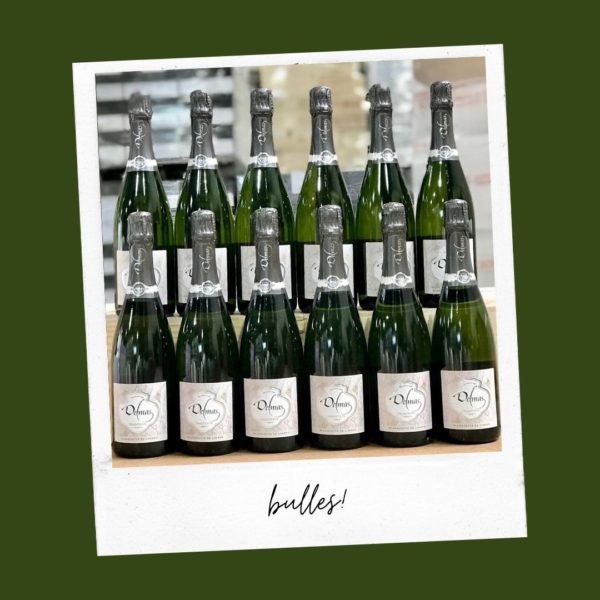Mattes Sabran 2018 Corbieres “Le Viala” Located in the heart of Corbières, Mattes-Sabran crafts full-flavored, seductive wines from the garrigue-covered hillsides of France’s Mediterranean coast. In addition to a noble history stretching back some 1,000 years, Much of the estate’s vines sit on steep hillsides, terraced into the chalky, poor soils. This tough terrain is peppered with galets roulés, the large, oval granite stones typical in Châteauneuf-du-Pape. Grapes are fermented on indigenous yeasts in temperature-controlled, stainless steel tanks and aged in tank. In the langue d’Oc, a viala is a community or group of people living and working together. A red blend chock-full of rich fruit and suave tannins, ‘Le Viala’ drinks like theoretical blend of Châteauneuf-du-Pape and Cornas. 60% Grenache, 20% Syrah and 20% Mourvèdre
Cantina Isarco 2017 Lagrein Alto Adige Joe Bastianich once said it best, “For a white wine drinker who’s looking for something different, there’s probably no better place to experiment than the Alto Adige.” And our favorite “different” varietal from the region? This one – Lagrein! From the progressive cooperative of Cantina Isarco, this example is robust and expressive, with scents of violet, wild berries, and chocolate. Try this quirky number with spicier fare.
Domaine Brunely 2019 CDR Villages Massif D’Uchaux Have you ever tasted “forest water?” That is what Harry Bosmans, our “man on the ground” in Avignon, calls this beauty from the Massif d’Uchaux. Massif d’-WHAT you say? The Massif d’Uchaux is a forested area home to the most mineral rich soils in the Southern Rhône Valley. It is one of 21 villages deemed distinctive enough by the regional wine board to have the rights to place their village name on the label. In other words, this appellation is considered far superior to ordinary Cotes du Rhone, and also a step up from Cotes du Rhone Villages. Will it drink like Chateauneuf-du-Pape? No. …But wines from the Massif make up for any lack of Chateauneuf blue-chip power/body with a foresty, minerally, wild berry-tinged character, which sets the village apart from other premium microclimates in the region. Fun stuff.
Produttori del Gavi 2019 Barbera del Monferrato The vineyards of Produttori del Gavi’s member/growers are spread all over the Gavi DOC territory in 11 municipalities covering 200 hectares of land from Tassarolo to Bosio. Visit Produttori’s growers and you’ll see plenty diversity, from stark white soils made of tuff and limestone due to the marine origins of the area, to tomato colored soils made of clay and rich in minerals due to the alluvial origins of some areas, especially around San Cristoforo. This Barbera is a new addition here from this address, and it sports an Intense red color, with classic varietal aromas and flavors of morello cherries, ripe plum, and violets.
Alvarez de Toledo 2015 Roble The history of this family estate is too long for these pages, involves nuns and guns, and is something we can break down better for you in person….In short the Alvarez de Toledo clan has been hard at work over the last few decades recuperating their family vineyards, several of which sport vines over 100 years old. The 2015 Roble presents alluring aromas of mature berry fruits with just that right amount of toasty oak that we like in a big Iberian red. This wine is structured, elegant, and light on the palate with vibrant red fruits, peppers, and herbs. If you were a fan of the Seculo Bierzo this is going to be right up your alley.
Chateau La Faure 2015 Bordeaux Rouge How about some late-release Bordeaux? This beauty turned our heads in a recent tasting and hails from from Chateau Le Faure, a family-owned property in the rural/hilly Bordeaux value zone otherwise known as Entre-Deux-Mers. 50% Merlot, 40% Cabernet Sauvignon, and 10% Cabernet Franc. Balanced, complete, and plenty to be happy about here.
Bodega Calle 2018 Dharma Orange Hannah’s father crafts this lovely “orange” wine at his bodega in Argentina. The fruit (40% Semillon 30% Torrontés 30% Chardonnay) is sourced from an organically farmed vineyard in the appellation of Tupungato in Mendoza. What is the deal with orange wine? It is what you get when you ferment/age white wine with the grape skins for a long time. Traditionally these wines are aged in clay pots, and nowadays (as is the case here), most are aged in small egg shaped concrete vessels. An eye opener, with notes of melon and citrus with great length and a slightly dry finish from the tannins. We love this with Asian fare.
Lioco 2018 Chardonnay Sonoma County Lioco is the longtime project of our colleague Matt Licklider, and was born as part of a mission to craft naked, site expressive Chardonnay from interesting sites in our state. This, Matt’s Sonoma County cuvee, is a riot of a Chardonnay in the glass, with aromas and flavors ranging from bartlett pear, seashell, lemon drops, and fennel pollen. There was no new oak used here, just steel tanks and a few neutral casks. Brisk and eye-opening Sonoma Chard!
Villa Varda 2017 Pinot Bianco Friuli The Maccan family came looking for a fresh take on Friuli’s bounty and found it at the sixteenth-century estate of Villa Varda. The estate has worked hard to preserve the spirit of its humble agricultural roots; indeed, a “warda” – pronounced varda – was a lookout in the hills for peasants tending to the stony land, a place of refuge from the elements. Today with some 37 acres planted to Friuli’s native grapes, the Maccan family crafts character-rich single varietal wines that effortlessly reflect the breathtaking beauty of this mountain refuge. Fermented with native yeasts and raised in tank, here is a peachy, fruity and wonderfully suave example of Pinot Bianco, with just the right amount of bottle age.
Rustenburg 2019 Chenin Blanc The Rustenberg Estate stands on an impressive 880 hectares against the iconic Simonsberg Mountain in Stellenbosch. When standing in the high vineyards of the Estate, the entire vista of Stellenbosch is revealed, with a glimpse of Table Mountain in the distance. Of the 880 hectares making up the Estate, 110 hectares are under vine (with plans to plant some more vines in the next year or so), 200 hectares make up the beautiful pastures and farmland for their cattle to graze on, a portion hosts the historical farm and winery buildings and other structures, and the rest of Rustenberg is comprised of conservation land, made up of natural “fynbos” (the indigenous flora of the Cape) and a myriad of wildlife (including porcupines, caracals, and cape leopard). Peter and Pamela Barlow have been at Rustenberg for over 70 years: the longest period any one family has owned this very old, very historic South African farm. You all know that bush vine Chenin Blanc from Stellenbosch is some of the most delicious dry white wine on this planet, and we literally cannot stop popping corks on this beauty
O+T 2019 Touraine Sauvignon Blanc O+T (or in long form the Confrerie de Vignerons d’ Oisly et Thesée) has long played a leading role in the Loire winegrowing area of Touraine. In the sixties, with the aim being to make better and fresher wines, O+T was the first French cooperative to install stainless steel tanks in the cellar. Over time the company has continued to push the envelope on expectations of quality out of this area, and their flagship Sauvignon Blanc bottling has long been one of our best-selling wines. The vineyards that belong to the 60 “vignerons” that are a member of the O+T brotherhood are all situated east of the city Tours, in the vicinity of the villages Oisly and Thesée. The members of the Confrerie are oriented towards quality instead of quantity – Intense leaf plucking and aggressive green harvesting are the norm, and you won’t find use of chemical inputs here! This “staple” is a perennial favorite for most of you already, sourced from Sauvignon Blanc vines that root into the chalky soils of Touriane, giving almost unheard of minerality at this price.
Collefrisio 2019 Pecorino “Vignaquadra” Third-generation winemakers Amedeo De Luca and Antonio Patricelli created the Collefrisio winery in 2004 in the hills of Frisa, Chieti Province, in Italy’s Abruzzo region. The estate is based on the hilltop holdings they acquired from the Frisio family (hence the name “Collefrisio”). Vineyard holdings are 35 hectares in total, and all farming is organic. We first came to Amedeo and Antonio for their very fine Montepulciano, and have expanded our stateside selection into white varietals over the last year.n Pecorino is a very old indigenous Italian varietal currently making a comeback, known for its ability to thrive at higher altitudes and for its great structure. There’s high acidity, that allows it to gain complexity over time. Straw-like yellow color with gold reflections.The bouquet is fragrant with ripe peach, banana and green tea. Grilled fish? Bring it on!
